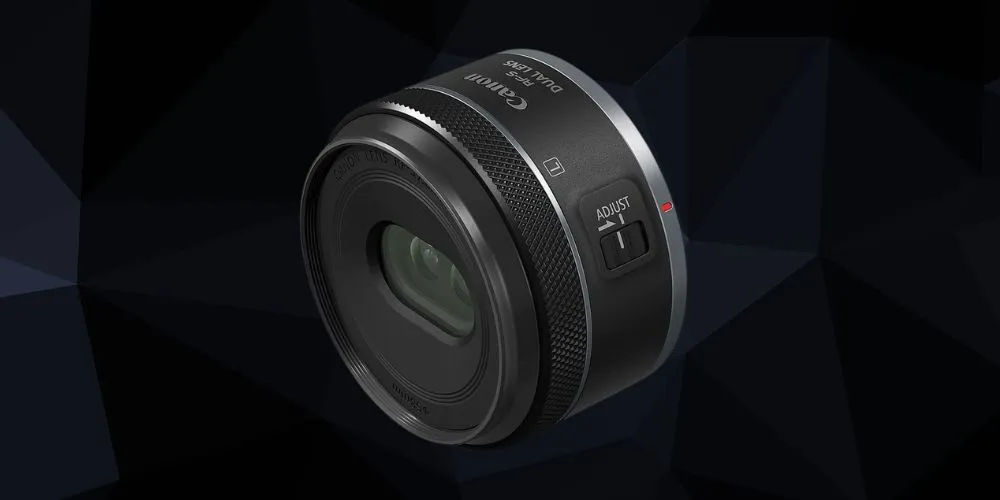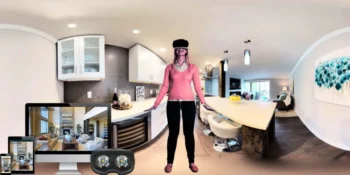Key Points
- The RF-S7.8mm F4 STM Dual lens is Canon’s most affordable and compact VR lens yet, priced at $450.
- The lens is designed for Canon’s APS-C sensor cameras, specifically the EOS R7, which has a 32.5 MP resolution.
- For VR compatibility, media must be processed with Canon’s VR Utility or an Adobe Premiere Pro plugin.
- The lens, now on pre-order, will be released in November and available for viewing on Meta Quest 3, Vision Pro, and other VR headsets.
Canon has launched its most affordable and compact VR lens, the RF-S7.8mm F4 STM Dual, priced at $450. This new lens, designed to simplify VR content creation, is compatible with the Canon EOS R7, an APS-C camera boasting a 32.5-megapixel (MP) sensor. This setup offers a relatively budget-friendly solution for creators looking to produce 3D VR content, particularly for platforms like Meta Quest 3 and Apple Vision Pro. Initially teased during Apple’s WWDC 2024 alongside the Vision Pro’s operating system, the lens has been anticipated as an accessible entry point into immersive media creation.
The RF-S7.8mm F4 STM Dual is Canon’s first VR lens tailored for the APS-C sensor format, unlike prior models requiring full-frame cameras. It brings the total entry cost to approximately $1,750, including the EOS R7 camera body, which retails for $1,300. This positions Canon’s newest lens as an attractive choice for those interested in VR content creation without the high cost typically associated with such technology.
Canon previously ventured into stereoscopic VR lenses with the RF5.2mm F2.8 L Dual Fisheye, released with VR professionals in mind. Although effective, that model was larger, came with a hefty $2,000 price tag, and required manual focusing. The RF5.2mm lens offered a near-180-degree field of view similar to human vision, creating a wide, immersive experience.
The RF-S7.8mm, on the other hand, has a narrower 63-degree field of view and a reduced 3D effect due to its closely spaced lens elements (0.46 inches apart). This proximity between the lenses limits the depth of the 3D effect, especially for subjects farther than 20 inches away. However, it excels in close-range VR capture (6 to 20 inches), making it ideal for particular VR content use cases.
Despite these limitations, the RF-S7.8mm brings significant advantages to content creators. Unlike its predecessor, the lens supports autofocus and includes a dedicated control wheel for independent manual focus adjustments on the left and right lenses. This allows creators to fine-tune focus for an immersive experience more seamlessly than previous manual-only models.
Captured media with the EOS R7 and the RF-S7.8mm lens requires processing through Canon’s EOS VR Utility or an Adobe Premiere Pro plugin, both paid applications. After processing, content can be viewed in various formats, including 180-degree 3D VR, 3D Theater, and spatial video. Canon’s latest VR lens is available for pre-order and is expected to launch in November.









